It was the site of the original Steve Jobs launch of the Mac and it lasted until the time of the M4 Mac mini, but finally the famous Flint Center Apple event site is being demolished.
It's famous for being where Steve Jobs unveiled the original Macintosh in 1984. It's famous for staging key Apple Events right up to 2014 and the launch of the Apple Watch.
Later, Apple would need larger spaces, and then later still it had its own huge space at Apple Park. But there were reasons to choose the Flint Center when Apple did — and it did so years before the Mac.
Three years, in fact. For the Flint Center was also the site of Apple's first-ever shareholders meeting as a public company. The Flint Center auditorium at the De Anza College was needed in order to house all of the new shareholders.
That was in 1981, and while the size of the audience will have dictated or at least limited the choice of venue, the Flint Center had an advantage. At that time, Apple was based at 20863 Stevens Creek Boulevard, Cupertino, which was barely half a mile away from the Center.
This was one event you wish had the kind of blanket coverage Apple gets today. For according to various sources including The Pop History Dig, the shareholders' meeting was not a happy one.
It's even said that after being interrupted by the crowd, Steve Jobs departed from prepared remarks and gave a speech about respect betrayal. It isn't clear who was supposed to be betraying whom, but not long afterwards, Job was effectively sidelined into taking over the Macintosh.
It sure is great to get out of that bag
Maybe Jobs had some emotional distance by 1984, but he didn't have a lot more physical distance. At this point, Apple was operating out of 10260 Bandley Drive, Cupertino, which was just under a mile from the Flint Center.
The January 24, 1984, event there is the one you've seen on YouTube, the one that's been reference myriad times — and one of the ones shown in the 2015 Aaron Sorkin movie, "Steve Jobs." It was filmed over several days beginning January 29, 2015 — 31 years after the real events.
The fate of the Flint Center
Those 31 years, though, had proved to problematic for the Flint Center. According to SiliconValley.com, a study in 2015 found that over the previous few years, the center was being booked 17% to 24% of the time.
Even then, no more than seven events a year had audiences of over 2,000 people. With a capacity of 2,400, practically a quarter would be empty even at most large events.
Given that the building was also in disrepair and an estimated $50 million would be needed to fix it up, it was clear what would happen next. While it didn't go down without a fight — musicians protested because of its acoustics — the end came in 2019.
Or at least, that was when the decision to close the Flint Center and build something else was made. Since then, the site has remained abandoned, but the center is now being demolished.
It's planned that it will be replaced by a new building described as a Creative Arts Building. The famous stage is already gone forever, but at least the place isn't being turned into a carpark.
 William Gallagher
William Gallagher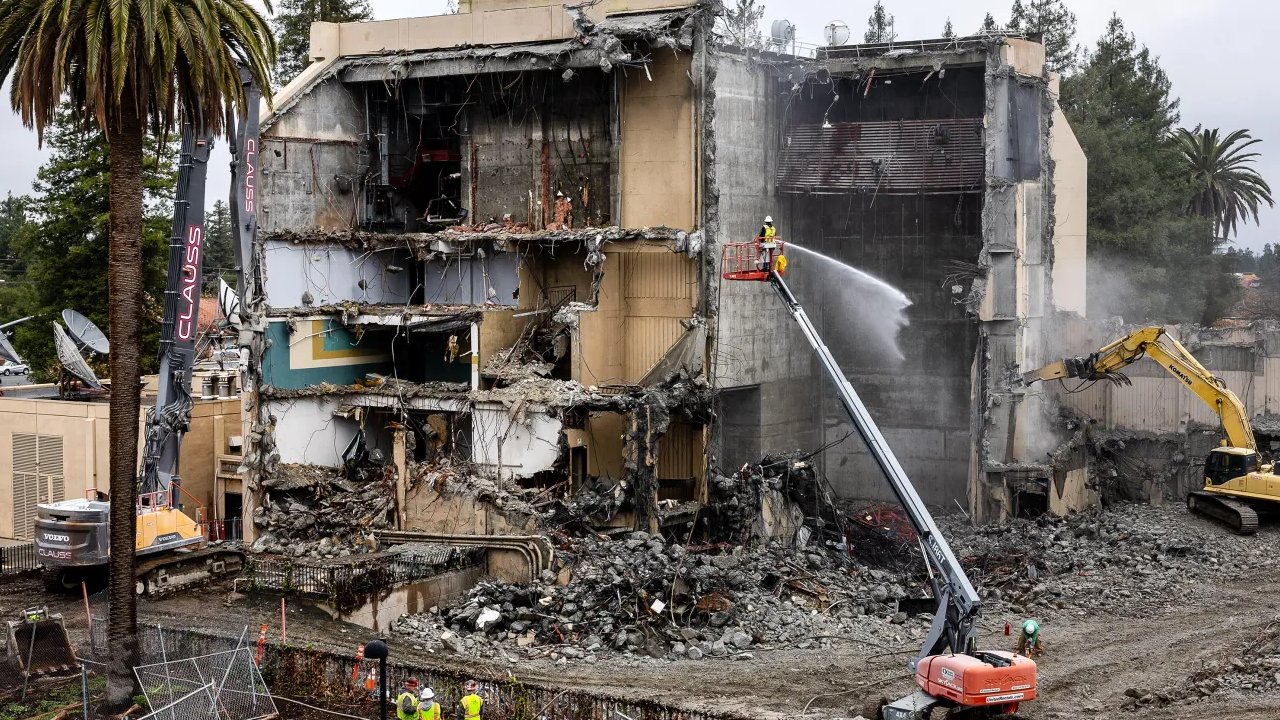
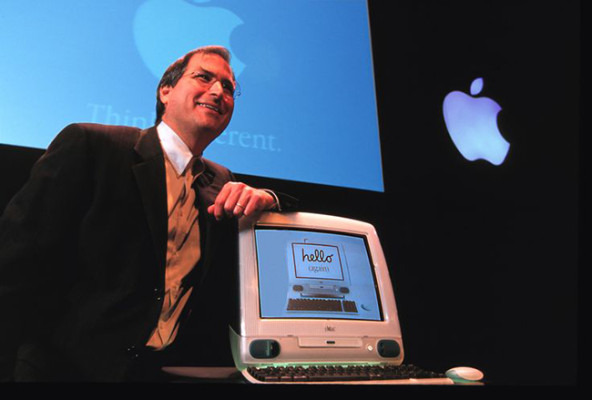







-m.jpg)






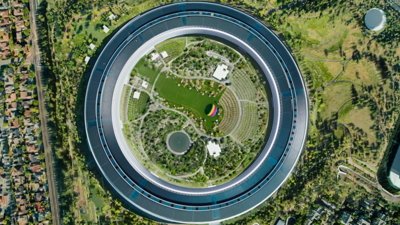
 Wesley Hilliard
Wesley Hilliard
 Mike Wuerthele
Mike Wuerthele
 Amber Neely
Amber Neely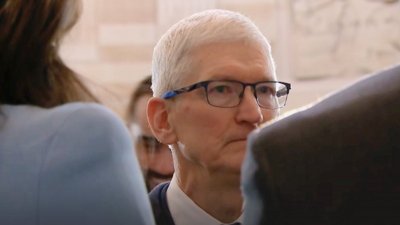
 Malcolm Owen
Malcolm Owen
 Christine McKee
Christine McKee

 Andrew O'Hara
Andrew O'Hara

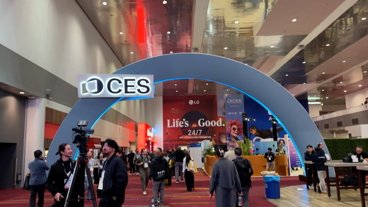






2 Comments
In addition to its historical significance, it seems like it was not just the only large public theater/auditorium on the De Anza College campus but one of the few (maybe the only one?) in Cupertino, so it is a loss for Apple, the city and the region. At least it is being replaced by a creative arts building for the college, though presumably with a much smaller theater/auditorium space. It's also a shame that Apple doesn't seem to do large, in-person public events anymore.
Apple doesn't seem to be a great steward of its historical legacy. I believe Steve Jobs shut down Apple's own history museum and the collection was given to Stanford, where it is not on display (though Stanford does have some interesting historical exhibits.) (Probably Jobs was more interested in the future than the past - a past where he had been sidelined before leaving the company; he also closed Apple's library and fired the staff, infamously claiming that Apple engineers should already know everything in it.) The Computer History Museum probably has some Apple artifacts and coverage, and the Apple's visitor center does have some information about the company, but it's too bad that there isn't an Apple-focused museum near the mother ship, cooperating with the company for preservation of history and artifacts as well as scholarship and education.
Apple has since moved to Apple Park, but De Anza College and the former Flint Center are adjacent to Apple's prior Cupertino campus (which is largely still in use I think), including several of Apple's former corporate addresses (most recently 1 Infinite Loop.)